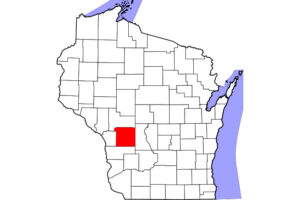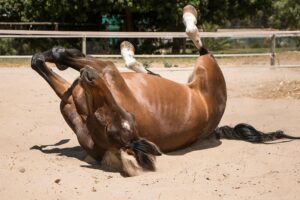Eastern Tent Caterpillar Egg Hatch Under Way in Central Ky.
Experts report that this year’s Eastern tent caterpillar egg hatch is about a week ahead of average.
Share
ADVERTISEMENT
Create a free account with TheHorse.com to view this content.
TheHorse.com is home to thousands of free articles about horse health care. In order to access some of our exclusive free content, you must be signed into TheHorse.com.
Start your free account today!
Already have an account?
and continue reading.
Share
Written by:
University of Kentucky College of Agriculture, Food, and Environment
Related Articles
Stay on top of the most recent Horse Health news with



















